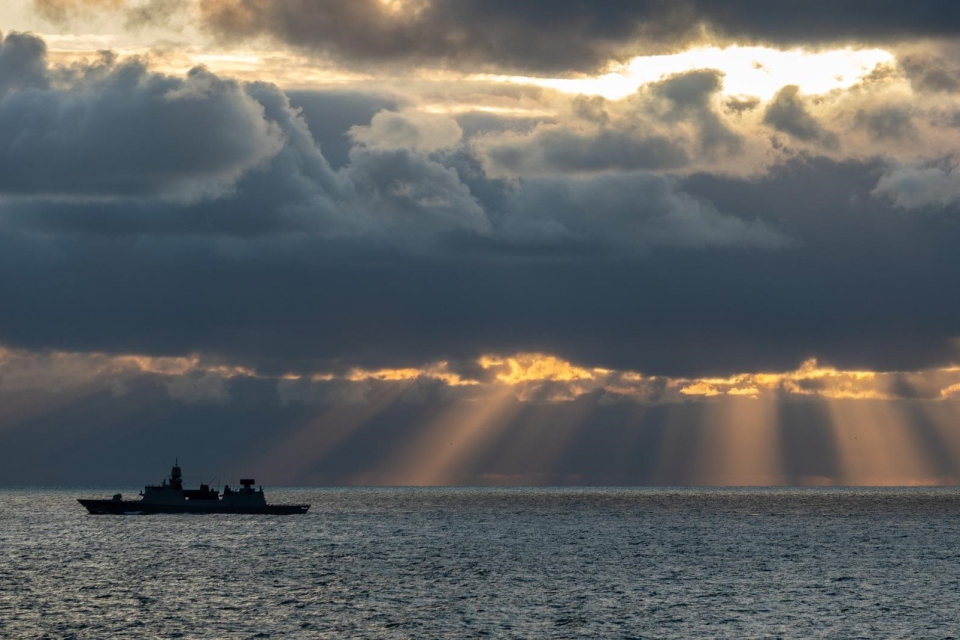The Dutch government has decided to assign a permanent task to Defence to monitor potential threats around the Dutch part of the North Sea. Minister of Defence Kajsa Ollongren reported this to the House of Representatives on 7 July.
The government recognises the threat of sabotage to vital infrastructure in and under the sea.
Think, for instance, of mapping internet cables, gas pipelines and wind farms, but also preparing for disruption and sabotage or espionage via data cables. This is now being addressed by giving Defence a permanent role in protecting this infrastructure. This will allow Defence to better contribute to the picture of threats in the North Sea.
Also read: Royal Navy receives first vessel to protect underwater infrastructure
Situational Awareness and Situational Understanding
It is about increasing so-called Situational Awareness and Situational Understanding. This means that Defence builds an image and understanding of threat actors and factors in the North Sea. These observations are processed and may be shared with private partners and allies.
Defence works closely with the Netherlands Coast Guard in this regard. The Coast Guard already maps a detailed (traffic) picture as part of its duties for, for instance, enforcement, maritime security and service provision. Defence now contributes to this and, in addition, mainly looks at statewide threats.
Together with the Coast Guard, Defence is also strengthening cooperation with (private) sector parties in the North Sea. The primary responsibility for protecting vital infrastructure lies with the providers themselves.
Also read: UK and Netherlands want to cooperate on new type of naval vessel
Escorting ships of non-NATO allies or partners
With the permanent task, the government also formalises the escorting of ships of non-allies or partners through the Dutch part of the North Sea. Currently, based on agreements with NATO allies, Defence already regularly escorts Russian ships through the Dutch Exclusive Economic Zone (EEZ).
For example, HNLMS De Ruyter and HNLMS Tromp shadowed the Russian research vessel Admiral Vladimirsky in the North Sea last week. The Russian ship passed through the Dutch EEZ, which is allowed under international law. The navy shadowed the Russian ship to show vigilance in protecting vital infrastructure in the North Sea. The ship gained international notoriety because it has repeatedly been linked to espionage activities at sea.
Furthermore, like the AIVD (the General Intelligence and Security Service), the MIVD (the Military Intelligence and Security Service) already has a role in investigating (covert) activities that pose a risk to national security. This includes the vital infrastructure in the North Sea.

Cooperation with Coast Guard
Minister Ollongren already paid a working visit to the Coast Guard recently. Among other things, she boarded a Dash-8 patrol aircraft for a surveillance flight. Among other things, she was shown how an environmental image is built. During this flight, she saw from the air how HNLMS De Ruyter escorted the Russian research ship Admiral Vladimirsky in the North Sea. Defence works closely with the Coast Guard on image building in the North Sea.
Picture (top): Naval vessel in the North Sea (by the Dutch Ministry of Defence).
Also read: Dutch Ministry of Defence signs contract for four new frigates








